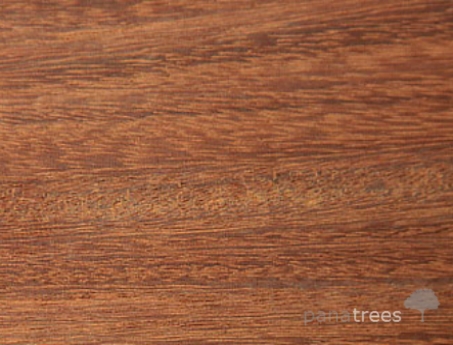
Almendro, Cumaru
One of the densest and hardest timbers available, along with its low maintenance qualities, high termite, rot, decay, mold, water, and fire resistance.

Amarillo, Canarywood
This wood is heavy and with excellent quality. When dry, the sapwood turns orange and yellowish and the heartwood becomes reddish yellow with darker reddish stripes.
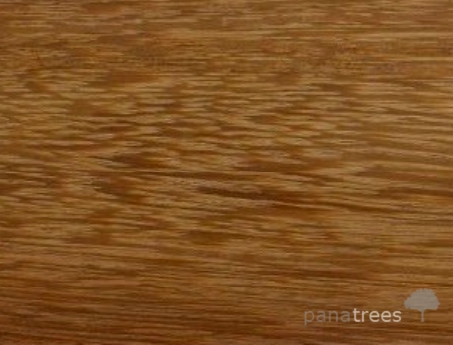
Amargo Amargo, Bitterwood
Locally it is considered a semi-hard species so its easier to work with than other species in its class. Also Bitterwood is a possible alternative to Teak, but cheaper.

Balsamo, Santos Mahogany
This is a great choice for those who want the richness of the mahogany color but more durability. It is one of the most durable hardwoods available.
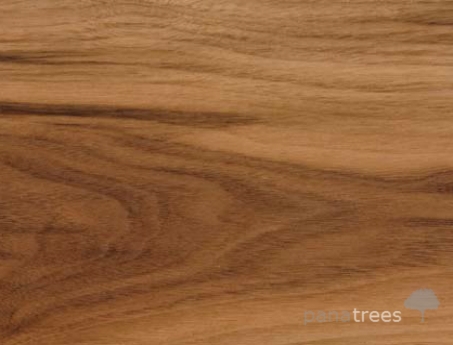
Black Tropical Walnut
It would be hard to exaggerate Peruvian Tropical Walnut’s popularity among woodworkers. Despite its hardness, it is exceptionally easy to work with.
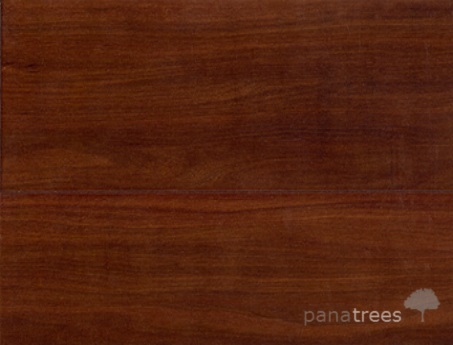
Bulletwood, Massaranduba
Bulletwood can be a legitimate alternative to pricier exotic hardwood decking species, such as Ipe, but with deep red coloring with similar characteristics.

Bocote
With its striking, zebra-like contrasts, and bold figuring, Bocote can be a very eye-catching wood. It’s not uncommon to see many “eyes” and other figuring in Bocote

Cocobolo
This is a precious wood and one of todays’ most prized lumbers for its outstanding color, density, figure and resistance to decay and insects.

Gmelina, Gambar
Gmelina arborea wood is suitable for general utility purposes, especially light construction and structural work, general carpentry, packaging,

Guanacaste, Parota
Parota is very popular wood for table tops producing. Thanks to its huge size, soft amber glow, easy workability and resistance to decay and insects.

Ipe, Guayacan
Ipe is one of the most stable of all the durable timbers with its extreme hardness and natural resistance to wear, rot, splintering, termites, fire and water.

Jatoba
The wood of Jatoba is an attractive burgundy, deep red, or orange tone, and some of it can even have dark black stripes highlighting a strong visible grain pattern.

Morado, Santos Rosewood
Morado (Bolivian Rosewood) makes a nice choice for acoustic and electric guitars but is also used for anything from high-end veneers for different purposes.

Purpleheart,Amaranth,Nazareno
This colorful Latin American hardwood is tremendously popular for furniture and other designs that call for a unique splash of color. Also it has excellent strength properties.

Quira, Macacauba
Some woods are loved for their color, others are loved for their streaks and stripes. One of the most underappreciated timbers, Macacauba has both. (And it’s inexpensive as well)

Snakewood
Snakewood is so called for its characteristic snakeskin patterns. In addition to its colorful figure, Snakewood is also among the densest and hardest of all wood species worldwide.
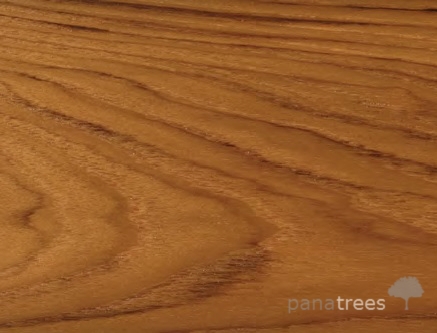
Teak, Teca
Teak is perhaps one of the most expensive and most desired lumbers on the market with its superb stability, strength properties, easy workability and resistance to decay and rot.

Tzalam
Tzalam can have different types of color or tones, the most common color is a mixture between red and yellow, which ends up giving the furniture cinnamon like tone.

Tigerwood
It is one of the finest quality hardwoods available that features a unique light golden-brown to reddish-brown coloring with exotic black and brown streaks.

Zapatero, Mascarey
Mascarey is very good choice for table tops production, because of big sizes , very attractive brown-reddish color, resistance to decay and easy workability
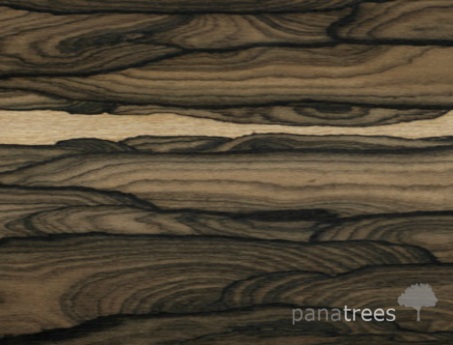
Ziricote
Ziricote has a very unique appearance, which is sometimes referred to as “spider-webbing” or “landscape” grain figure. Besides that this specie is naturally resistant to decay.
Wood hardness. How to measure it?
If you are choosing a solid or engineered hardwood you may have heard about the Janka Hardness scale. The Janka Hardness Scale measures woods ability to resist pressure placed on its surface.

The Janka hardness test measures the resistance of a sample of wood to denting and wear. It measures the force required to embed an 11.28 mm (.444 in) steel ball into wood to half the ball’s diameter. This method leaves an indentation. A common use of Janka hardness ratings is to determine whether a species is suitable for use as flooring.
The hardness of wood varies with the direction of the wood grain. Testing on the surface of a plank, perpendicular to the grain, is said to be of «side hardness». Testing the cut surface of a stump is called a test of «end hardness».
The results are stated in various ways, which can lead to confusion, especially when the name of the actual units employed is often not attached. In the United States, the measurement is in pounds-force (lbf). In Sweden it is in kilograms-force (kgf), and in Australia, either in newtons (N) or kilonewtons (kN). 1 lbf = 4,44822 N.
The Janka Hardness test results tabulated below were done in accordance with ASTM D 1037-12 testing methods. Lumber stocks tested ranges from 1″ to 2″ thick. The tabulated Janka Hardness numbers are an average. There is a standard deviation associated with each species, but these values are not given. It is important to note no testing was done on actual flooring. Other factors affect how flooring performs: the type of core for engineered flooring such as pine, HDF, poplar, oak, birch; grain direction and thickness; floor or top wear surface, etc. The chart is not to be considered an absolute; it is meant to help people understand which woods are harder than others

